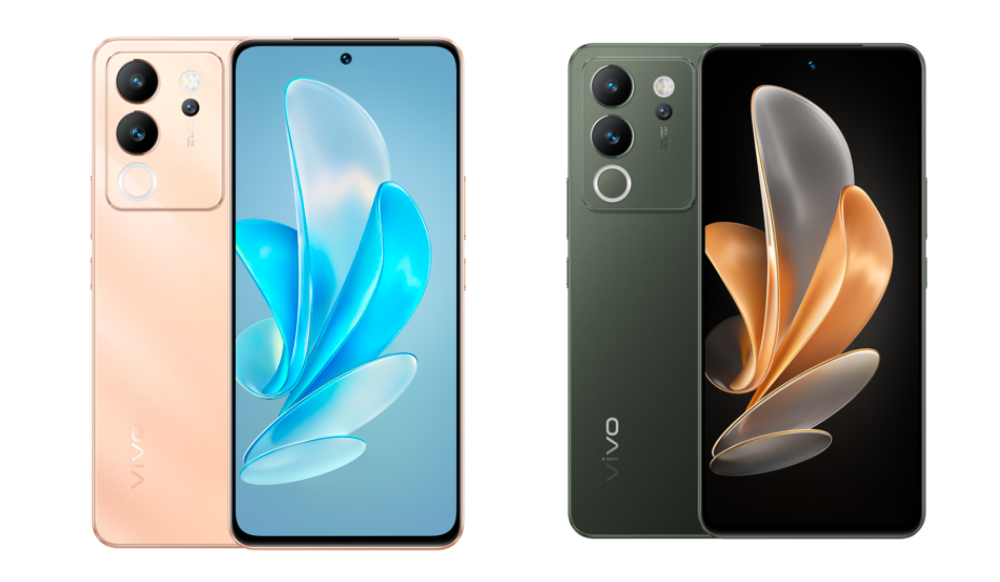Vivo V30 Lite 5G With 50-Megapixel Selfie Camera, 44W Fast Charging Launched: Price, Specifications
[ad_1]
Vivo V30 Lite 5G has been quietly launched in Mexico today. The smartphone is powered by Qualcomm’s Snapdragon 695 chipset and is backed by a 4,800mAh battery with 44W wired fast charging support. It is equipped with a 50-megapixel front camera sensor and a 64-megapixel triple rear camera system. The newly launched handset ships with Android 13-based FuntouchOS 13. It is available in two colour options and a single RAM and storage configuration in Mexico. The company has not yet confirmed the phone’s availability in any other regions.
Vivo V30 Lite 5G price, availability
Offered in Forest Black and Rose Gold colourways, the Vivo V30 Lite 5G is listed on the Vivo Mexico website in a lone 12GB + 256GB variant. It is priced in Mexico at MXN 8,999 (roughly Rs. 44,100) and is available for purchase via Telcel and other Mexican online resellers.
Vivo V30 Lite 5G specifications, features
The newly launched smartphone sports a 6.67-inch full-HD+ (2,400 x 1,080 pixels) E4 AMOLED panel with a refresh rate of up to 120Hz, pixel density of 394ppi, and a peak brightness level of 1150 nits. The Vivo V30 Lite 5G is powered by Qualcomm’s Snapdragon 695 SoC paired with Adreno 619 GPU. It offers 12GB of LPDDR4X RAM and 256GB of UFS 2.2 inbuilt storage. Out-of-the-box, the handset boots Android 13-based FuntouchOS 13.
In the camera department, the Vivo V30 Lite 5G gets a 64-megapixel primary sensor, an 8-megapixel sensor with an ultrawide lens, and a 2-megapixel sensor alongside an LED flash at the back. The front camera placed centrally within a hole-punch slot at the top of the display has a 50-megapixel sensor.
Vivo has packed a 4,800mAh battery in the Vivo V30 Lite 5G with support for 44W wired fast charging via a USB Type-C port. It offer 5G, 4G VoLTE, Wi-Fi 802.11, Bluetooth 5.1, NFC, and GPS connectivity. For security, the handset is equipped with an in-display fingerprint sensor. It comes with an IP54 rating for dust and splash resistance, weighs 190g, and measures 162.35mm x 74.85mm x 7.69mm in size.
For the latest tech news and reviews, follow Gadgets 360 on X, Facebook, WhatsApp, Threads and Google News. For the latest videos on gadgets and tech, subscribe to our YouTube channel.
[ad_2]
Source link














